Audi presents the interior of the upcoming Q4 e-tron
Audi has published extensive details of the interior of the production version of the all-electric Q4 e-tron. The compact electric SUV, which will be built in Zwickau, follows the large e-tron and e-tron Sportback SUV models as well as the sporty e-tron GT.
Audi had already shown the Q4 e-tron as a concept at the Geneva Motor Show in March 2019, with the world premiere of the production model scheduled for April and the German market launch in June. Internationally, the market launch has not been set. In the run-up, the Ingolstadt-based company is now giving a detailed presentation of the interior. Highlights include the spaciousness, the optional head-up and MMI display as well as the new steering wheel generation.
First of all, the space on offer: as a compact SUV based on the MEB modular system with a length of 4,590 millimetres, a width of 1,865 millimetres and a height of 1,613 millimetres, the Q4 e-tron is supposed to offer “space on a par with the luxury class”. This is because the front overhang is only 86 centimetres long, while the wheelbase is a generous 2.76 metres. The resulting interior space measures 1.83 metres, according to Audi. In addition, the centre tunnel is eliminated inside, which creates new space options.
The seating position in row two is almost seven centimetres higher than in the front, yet according to the manufacturer there is still plenty of headroom – and knee room anyway. The boot of the Audi Q4 e-tron can accommodate 520 litres of luggage. By folding down the 40:20:40 split backrests, it becomes 1,490 litres. This puts the Audi only just behind the ID.4 (543 or 1,575 litres), the analogue model from sister company VW. The comparison with the Audi Q5 with combustion engine is also interesting: despite ten centimetres more overall length, it has a similar luggage compartment volume of 465 to 520 litres or 1,405 to 1,520 litres. In terms of storage space, the Audi Q4 e-tron scores with around 25 litres of total volume. Also noteworthy are newly created bottle holders in all four door trims.
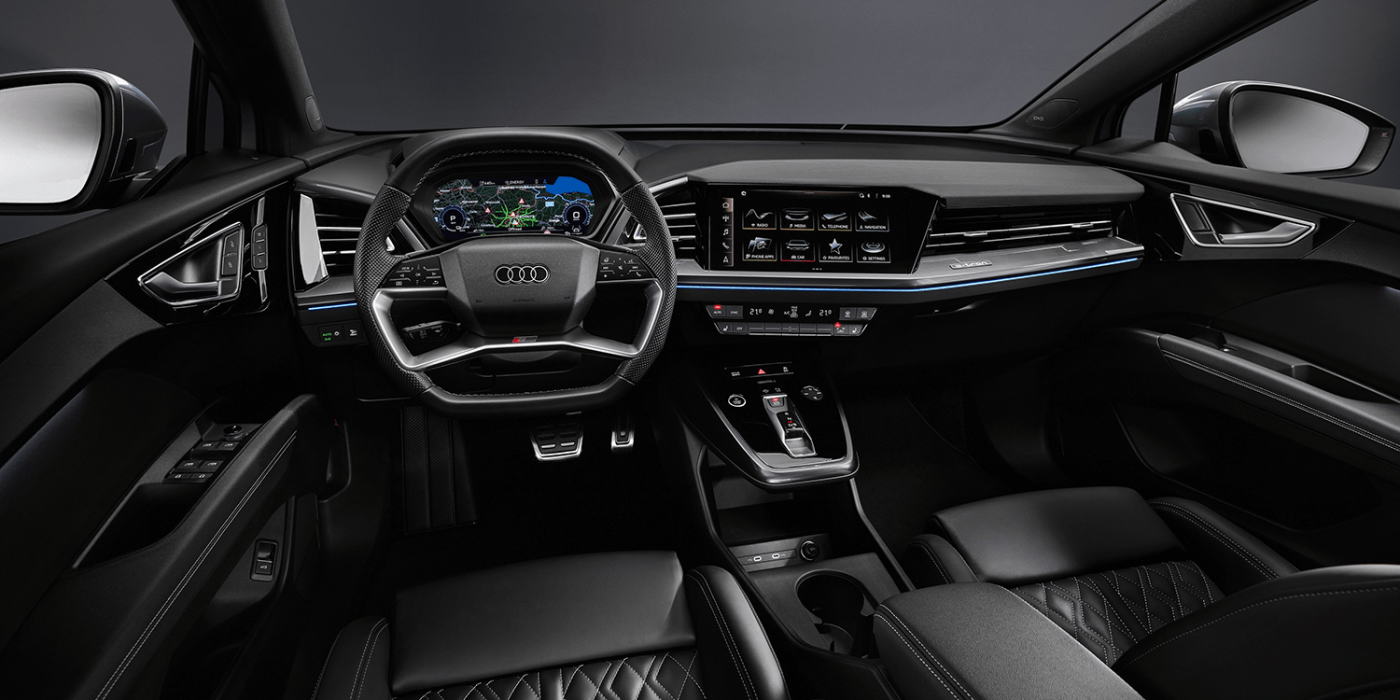
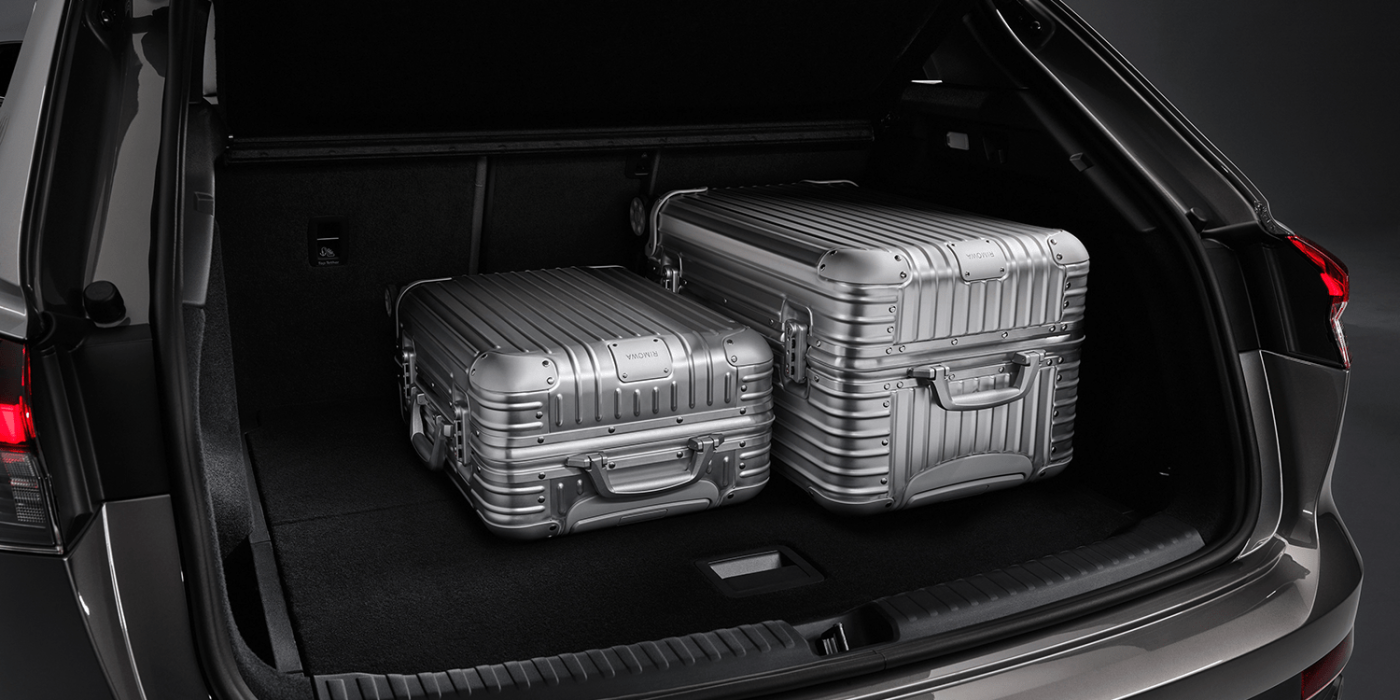
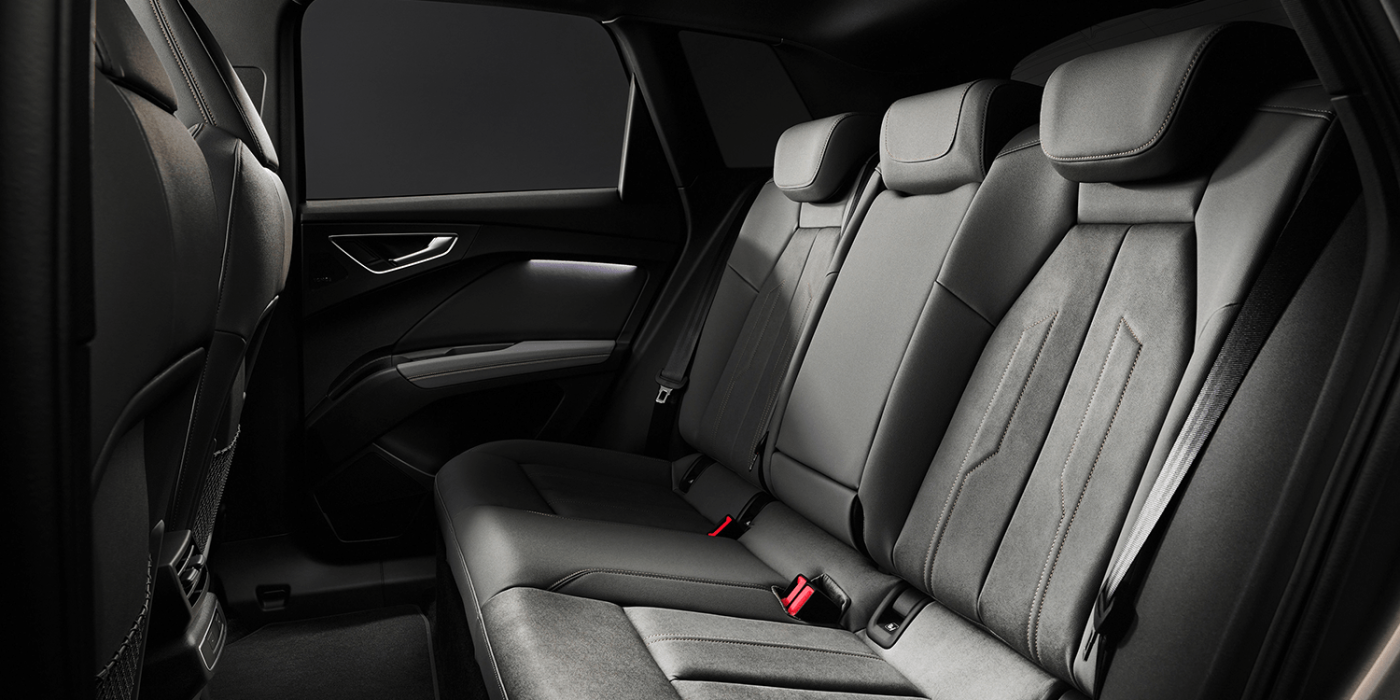
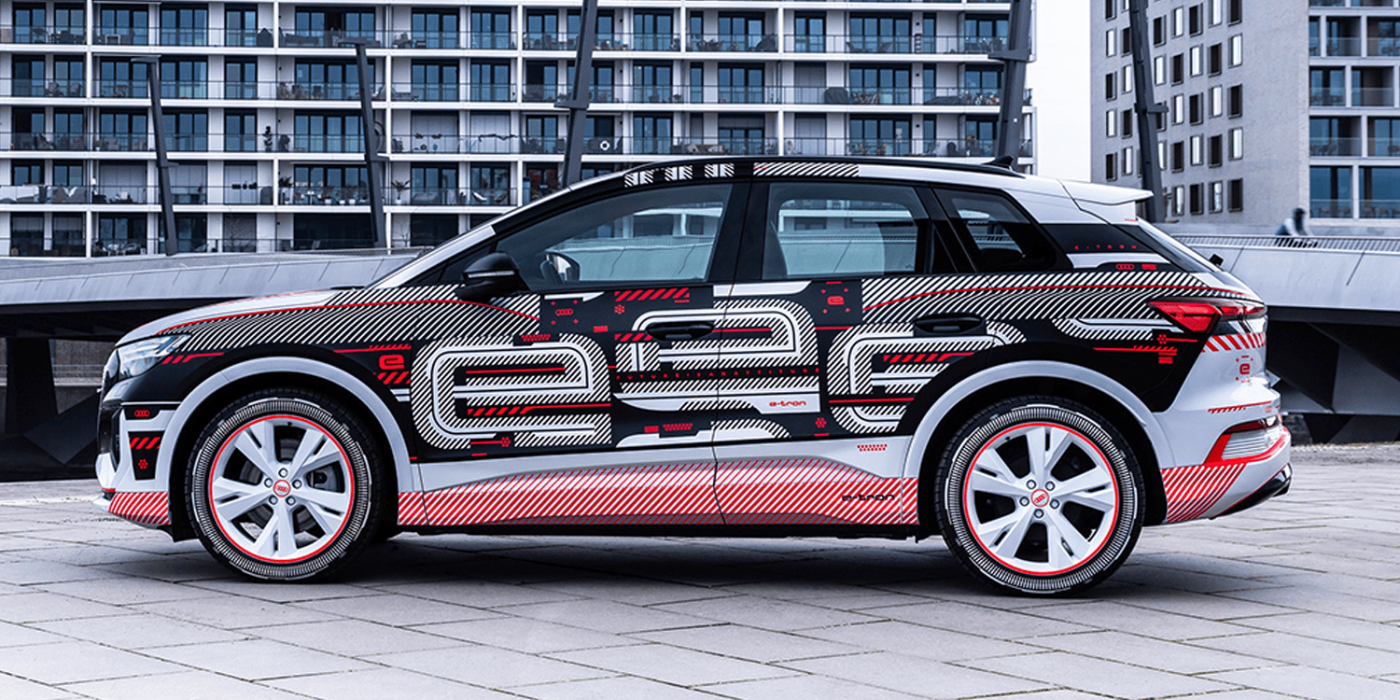
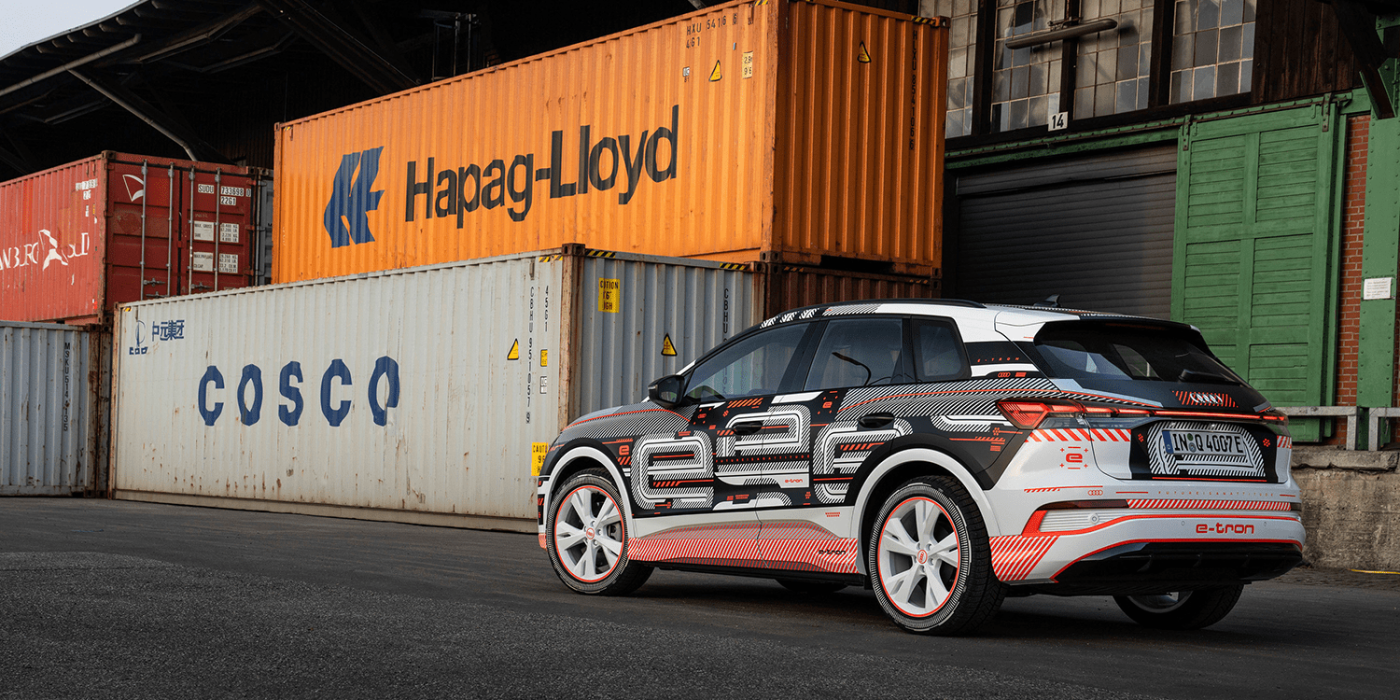
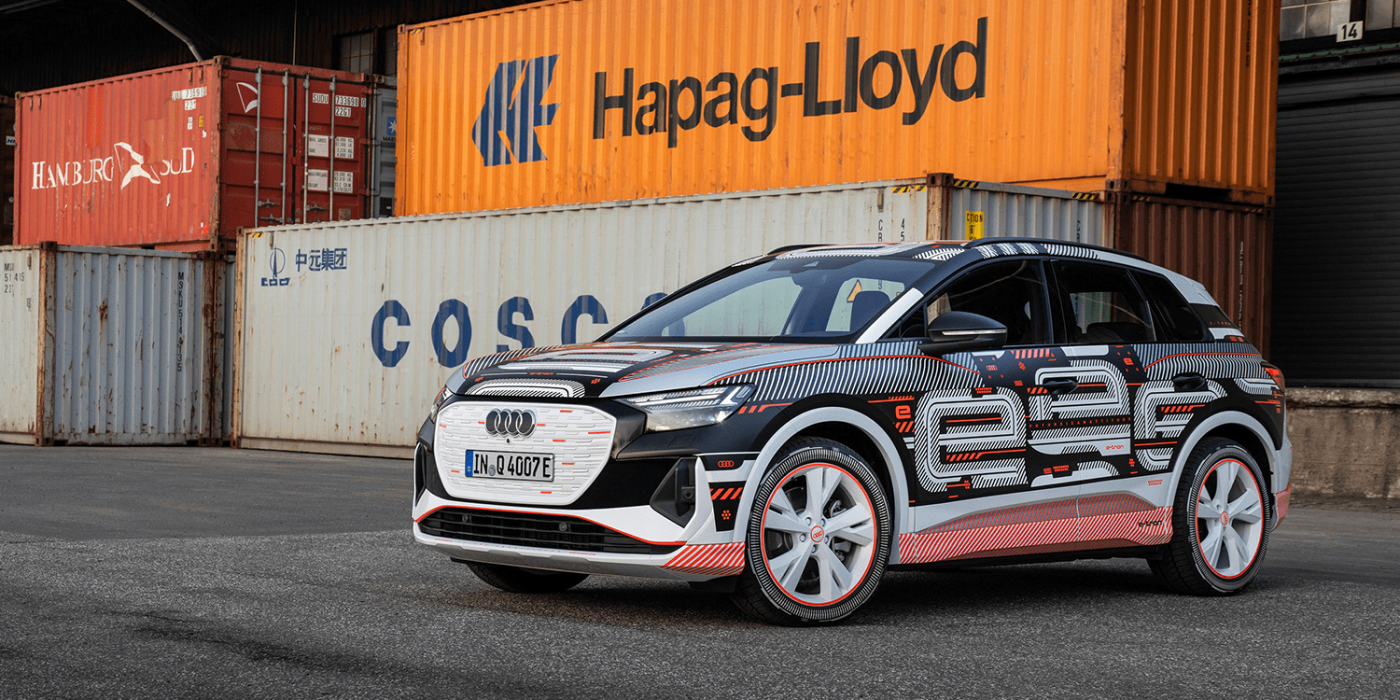
The cockpit is emphatically three-dimensional in design. As is typical for Audi, the fully digital operating and display concept comprises four levels: the digital instrument cluster (“Audi virtual cockpit”), the central MMI touch display measuring up to 11.6 inches, the voice control system and the optional augmented reality head-up display. The latter reflects information such as turn arrows from the navigation system or information from some assistance systems (such as the adaptive driving assistant) on two separate levels – ten and three meters beyond the windshield. The viewing window for the virtual content corresponds to a diagonal of about 70 inches from the driver’s perspective, Audi reports. Below it is a flat close-up window, the so-called status area, which displays the speed being driven, the traffic signs and the assistance and navigation symbols as static displays.
With the Q4 e-tron, Audi is also introducing a new generation of the steering wheel with touch controls. The upper spokes of the steering wheel are home to touch surfaces with a black panel look whose functional areas are also backlit to indicate the respective active buttons. As with the smartphone, there are also swipe gestures in addition to touch gestures, for example for scrolling through lists. The heated steering wheels are available in different versions. In the top version, they wear steering-wheel-mounted paddles for thrust recuperation and a two-piece trim on the spokes, according to the manufacturer.
The front seats in the Q4 e-tron are equipped with a new safety feature: “In the event of a side crash, the so-called centre airbag deploys from the right cheek of the driver’s seat in addition to the side airbags,” the company says. Heated seats, power adjustment and power lumbar support are optional only. The seats are available in a base and a sport version with a visually integrated headrest.
Audi basically classifies the look of the Q4 e-tron as “airy and progressive.” In terms of interior colours, customers can choose between black, steel grey, Santos brown or parchment beige. A total of nine equipment packages are available, five for the base version and four more for the higher-class S line interior. According to Audi, they differ in the door sill trims, the paint tone of the accent surfaces, the material of the armrests and the headliner.
All optional interior packages are said to include white LED lighting; alternatively, there is a multicolour ambient lighting package. Other features are reserved exclusively for the S line interior, such as illuminated aluminium door sill plates, a pedal set with stainless steel overlays, a black headliner, S embossing in the seat backrests, a steering wheel rim in perforated leather with contrast stitching, and S badges. The S line interior also has more choice when it comes to upholstery materials: In terms of traditional materials, there is a choice between a leather/imitation leather mix and a fine Nappa. Another new variant is the combination of imitation leather and the microfiber material Dinamica. It looks like suede, but is made from 45 per cent recycled polyester. Another option for the S line interior is the Puls upholstery, also in combination with imitation leather. Here, too, secondary raw materials are used: up to 50 per cent of the textile used is made from recycled PET bottles, which are processed into yarn in an elaborate process.
The technical specifications of the compact SUV have been known for some time: The Q4 e-tron uses the 225-kW version of the MEB, i.e. a 150-kW engine in the rear and a second 75-kW engine on the front axle. As for the battery, Audi is talking about an energy content of 82 kWh, which corresponds to 77 kWh net – i.e. the largest battery option available in the VW ID.3 and ID.4. The range is said to be more than 450 kilometres according to WLTP, with later versions with the rear-wheel-drive coming in at more than 500 kilometres. There is no surprise when it comes to the charging system: the Q4 e-tron charges with a maximum of 125 kW DC. Thus, a charging process should take less than 30 minutes to reach a charge level of 80 per cent. Audi has not yet provided any information about the AC charging power.
With reporting by Cora Werwitze, France.
audi-mediacenter.com, carmagazine.co.uk, motor1.com (April premiere), sueddeutsche.de (market launch in June, in German)

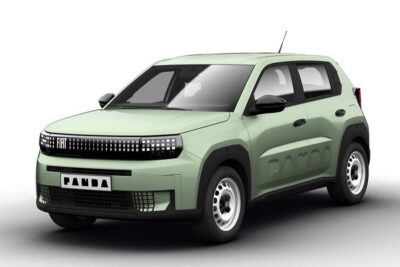
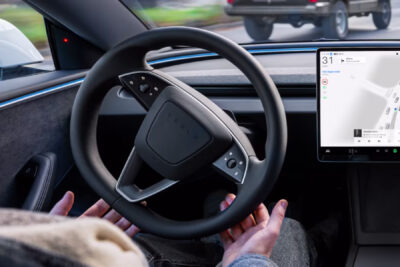

1 Comment